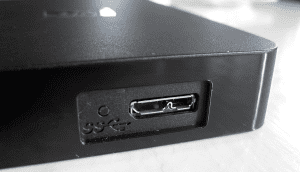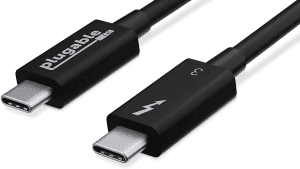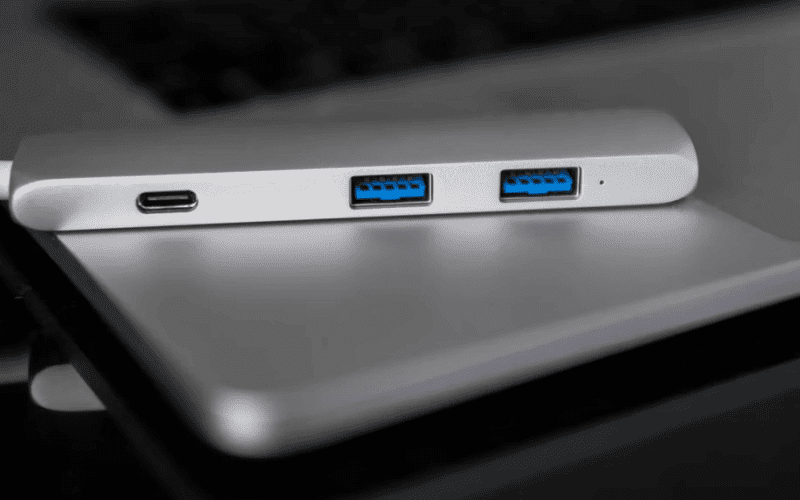Understanding the Difference Between USB-C vs USB 3
The comparison between USB-C vs USB 3 can be puzzling. Let’s delve into their distinct characteristics and their synergy for efficient data transfer.
USB-C: The Versatile Connector
USB-C and USB 3 may sound interchangeable, but they serve different purposes. USB-C is a physical connector found on modern devices, offering a reversible, oval-shaped design. Its widespread adoption has even replaced older USB-A and micro-USB connectors on many devices.

USB 3: The Speed Standard
In contrast, USB 3 is a speed standard governing data transfer rates across USB cables. This standard, often referred to as USB 3.0 or USB 3.x, dictates how quickly data can be transmitted compared to older USB versions.

Navigating the USB-C and USB 3 Landscape
USB-C has gained traction since its debut in 2014, making appearances on various devices like smartphones, headphones, and gaming controllers. The gradual shift from USB-A to USB-C connectors has introduced conveniences like reversible plugs and multifunctionality.
However, USB 3’s focus is on speed. While USB 2.0 could manage around 60MB/s, USB 3.0 escalated the speed to 625MB/s. USB 3’s landscape became complex with updates and renaming, leading to designations like USB 3.1 Gen 1 and Gen 2, and eventually, USB 3.2 Gen 2×2 with a blazing 2.5GB/s transmission rate.
Navigating the Complexity: USB-C, USB 3, and Thunderbolt
The USB-C and USB 3 journey isn’t free of confusion. USB-C’s versatility comes with challenges as it’s not always evident which functions a specific device supports. USB 3’s evolution led to multiple names for similar speeds, requiring careful scrutiny when buying cables or devices.
Additionally, Thunderbolt enters the scene, delivering even faster data transfer. Thunderbolt 3, adopting the USB-C connector, offers speeds up to 5GB/s. However, not all USB-C ports support Thunderbolt capabilities.

Embracing the Imperfections
Both USB-C and USB 3 have their limitations. USB-C devices vary in functionality, causing compatibility issues. Some USB-C ports serve specific functions, leading to confusion. Early USB-C adoption faced power-related concerns, emphasizing the importance of reputable cables.
Conclusion: USB-C and USB 3 in Perspective
While USB-C’s popularity will grow, USB-A will remain relevant for a while. USB 3’s journey has seen transformations and renaming, with hopes that USB 4 simplifies matters. Armed with this knowledge, consumers can make informed choices when dealing with USB-C and USB 3.
In this digital age, understanding the USB-C vs USB 3 distinction is pivotal. These aren’t the only computer cables to grasp, but they’re a fundamental step toward harnessing the full potential of modern devices.












